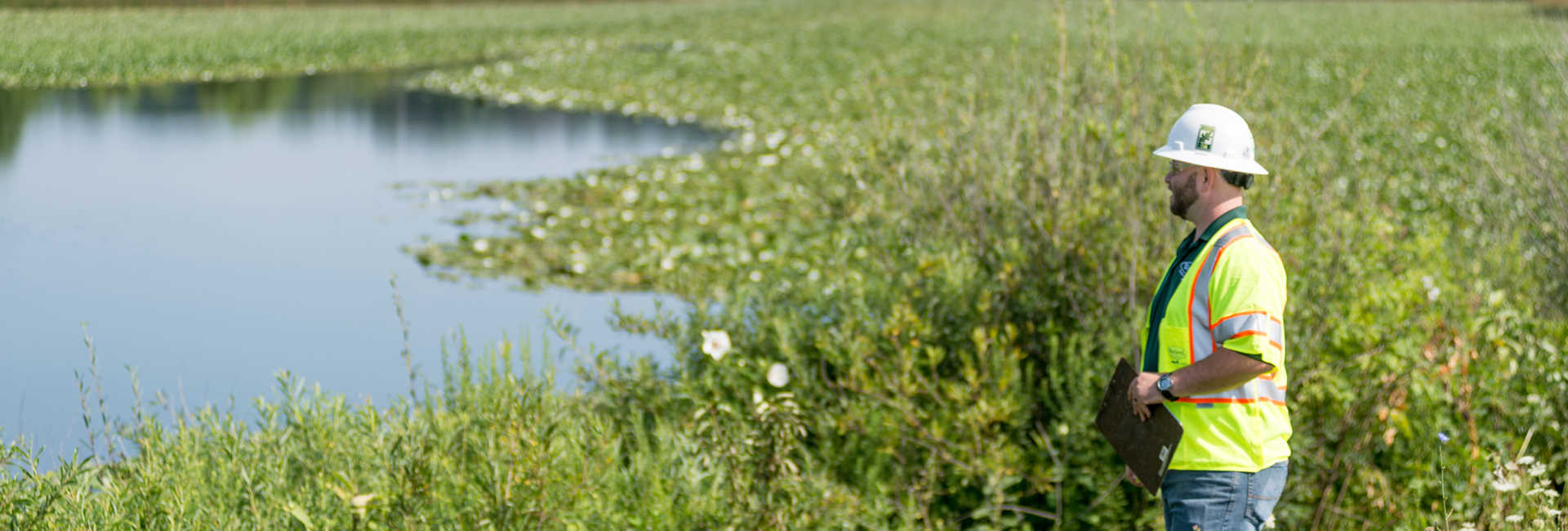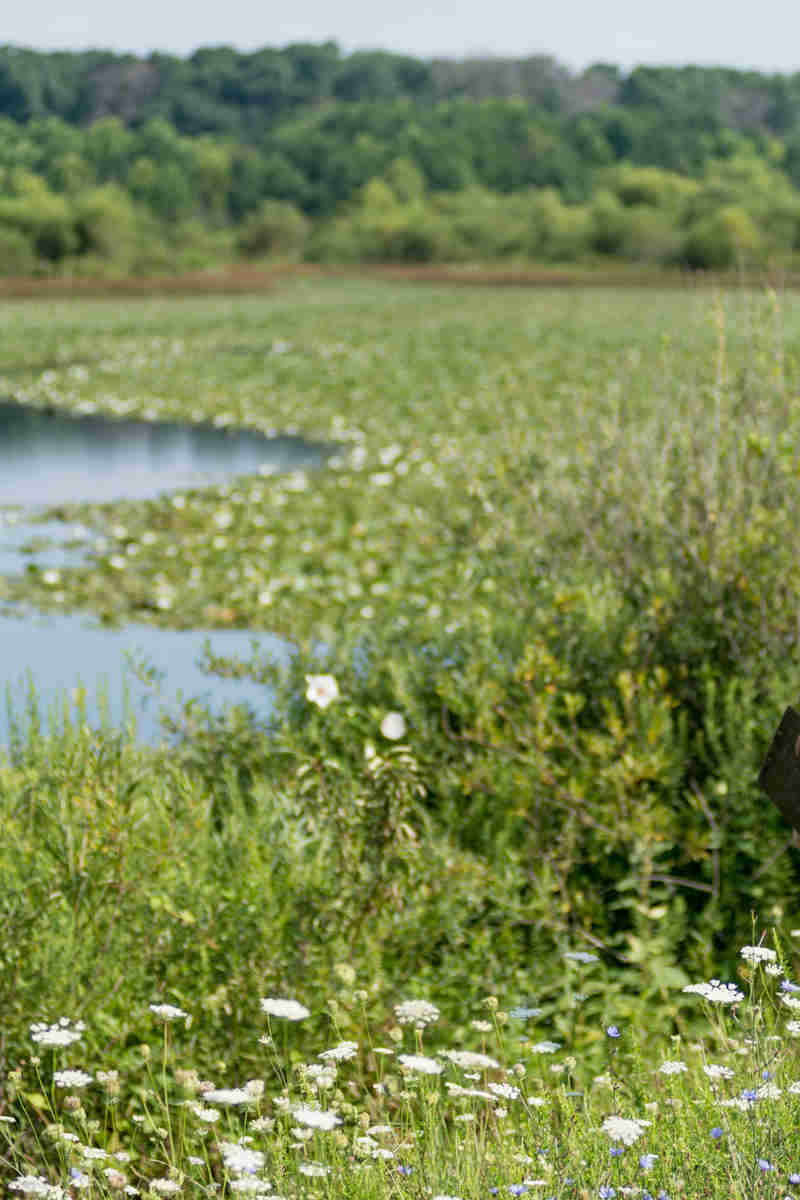In recent years, more municipalities have invested in their urban forests by embracing trees through plantings, preservation, and proper maintenance. Many have strengthened their efforts through strategic plantings, thoughtful preservation, and proactive, ongoing maintenance.
In the U.S. and beyond, communities are turning to urban forest master plans to guide and maximize these efforts. Urban forest master plans are powerful tools for aligning goals, resources, and public input into a clear, coordinated strategy. Built through collaboration between public and private stakeholders, master plans provide a long-term framework for managing and growing a healthy, sustainable urban canopy.
Urban Forest Master vs Management Plans
Urban forest management relies on a variety of planning tools, each with distinct purposes and scopes. Among these, urban forest master plans stand out for their broad, integrated approach. While roadmaps and management plans often focus on specific operational goals such as managing public trees or fostering public sector partnerships, master plans offer a unified vision for the entire urban forest, public & private
This strategic perspective allows municipalities to prioritize actions, allocate resources effectively, and support sustainable outcomes over time.
At their core, urban forest master plans include:
- A foundation built from audits and equity scores that state your urban forestry goals
- A tree canopy assessment, including inventories and valuations, that showcases the current state of your urban forest
- A guide that prioritizes and organizes tree work based on the foundation and assessment
- Establishing a feedback loop that builds on your master plan to help protect and sustain your urban tree canopy.
A key differentiator of master plans compared to roadmaps and management plans is community engagement.
No. 1: Branching Out into Your Community
Strong community engagement is at the heart of every successful master plan. It provides valuable feedback that can be used to make informed decisions by identifying your community’s priorities and concerns for tree care. One method for community engagement is surveys which offer a simple way to gauge your community’s urban forestry wants and needs by posing questions that allow residents to speak out.
Incorporating both high-tech survey options, like online communication hubs, and low-tech options, such as door-to-door surveys and workshops, ensures your community engagement methods reach a diverse range of people.
Community feedback can also help pinpoint areas needing extra attention to improve the quality of life of your urban forest. Questions like, “Which possible downsides of trees most concern you?” and “Which benefits of trees are most important to you?” can help identify areas of improvement.
No. 2: Digging Into Accessibility & Equity
Trees aren’t meant to be an ornament hanging off our streets as decoration; they are critical pieces of infrastructure that provide numerous benefits. Access to these benefits is essential, and equity is a growing focus in urban forestry. Using priority planting maps to determine where work is needed most ensures that your master plan reaches every part of your community.
Equity extends beyond access to tree benefits; it also requires the development of an accessible master plan. An inviting, understandable plan, with graphs, images, and simple narrative-driven text, makes urban forest master plans more accessible and digestible, encouraging stakeholder interest and involvement.
For example, the master plan created for Fort Collins, CO by Davey Resource Group (DRG) was made available in Spanish and English to make the plan accessible to immigrant families in the community. Community meetings also featured live translations so everyone could participate.
No. 3: The Future of Urban Forest Master Plans
Urban forest master plans are embracing new technologies and strategies. Cutting-edge smart tree inventory technology uses LiDAR, AI, & machine learning to provide high-precision, objective data through digital twins, enabling local tree managers to make informed decisions about the health of their urban forest.
The Power of Partnerships
Davey Resource Group’s extensive experience, dating back to 2012, can help you make informed choices for your urban forest master plan. Contact your local Davey office or DRG’s Practice Lead Sandra Albo to learn more about our urban forestry planning services.
To learn more about urban forest master plans, watch DRG’s webinar.
Article Contributors:
Josh Behounek, Business Development Manager, Davey Resource Group



